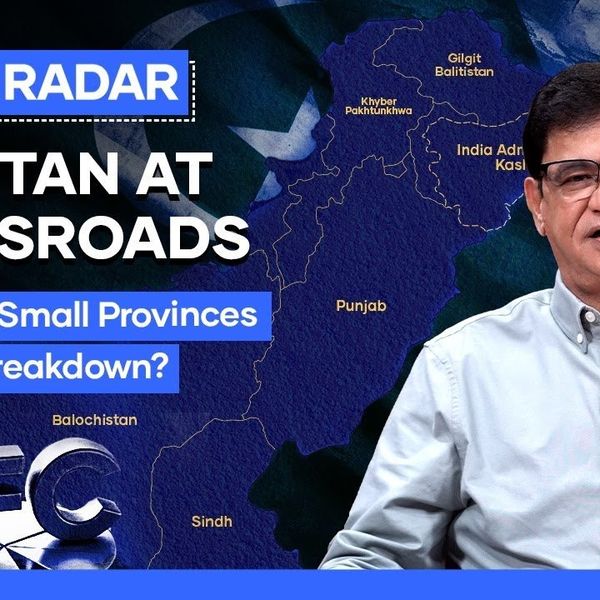S&P upgrades WAPDA credit rating following Pakistan sovereign boost
Outlook remains stable as high capex, under-recoveries, and liquidity constraints weigh on financial metrics
Business Desk
The Business Desk tracks economic trends, market movements, and business developments, offering analysis of both local and global financial news.

The WAPDA House
WAPDA Website
In a follow-up to Pakistan’s sovereign credit upgrade, S&P Global Ratings has raised the long-term issuer credit rating of the Water and Power Development Authority (WAPDA) to ‘B-’ from ‘CCC+’, citing alignment with the country’s improved macroeconomic profile.
The agency also upgraded WAPDA’s senior unsecured notes to ‘B-’ and affirmed a stable outlook.
The decision came shortly after S&P upgraded Pakistan’s long-term sovereign rating on July 24 — the first such upgrade in three years — lifting it from ‘CCC+’ to ‘B-’, and the short-term rating from ‘C’ to ‘B’.
“The stable outlook on WAPDA mirrors the outlook on the sovereign ratings on Pakistan,” S&P said in its statement.
While WAPDA’s stand-alone credit profile (SACP) is also rated ‘b-’, the agency noted that the current framework does not provide a ratings uplift for government support, due to an unpredictable and unstable tariff regime when compared to international standards.
WAPDA is expected to maintain a highly leveraged balance sheet, with funds from operations (FFO) to debt ratio projected between 2.5% and 5.0% for fiscal years 2026 and 2027, driven by ambitious capital expenditure plans, delayed tariff adjustments, and persistent revenue under-recoveries. Working capital pressures continue to strain liquidity.
Despite these challenges, the utility maintains sufficient unrestricted cash to service its debt obligations through June 2026. S&P expects FFO cash interest coverage to stay between 1.5x and 2.0x over the next two years, based on the assumption that WAPDA will defer cash interest payments on PKR 36–38 billion of government-related loans annually.
WAPDA faces no major refinancing needs until 2031, giving the utility breathing room as it navigates financial pressures and executes its long-term development agenda.
S&P emphasized that timely capex grants and interest payment flexibility will be essential for WAPDA to manage leverage and maintain liquidity. However, delays in tariff implementation and late payments from the sole off-taker, the state-run Central Power Purchasing Agency (CPPA), continue to undermine the tariff framework and contribute to volatile cash flows.
Although the current regulatory mechanism allows for cost pass-throughs — including operating expenses, interest, foreign exchange fluctuations, and returns on assets under construction — these mechanisms often fall short due to delays and implementation gaps, S&P noted.










Comments
See what people are discussing